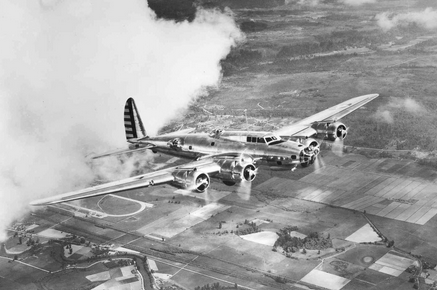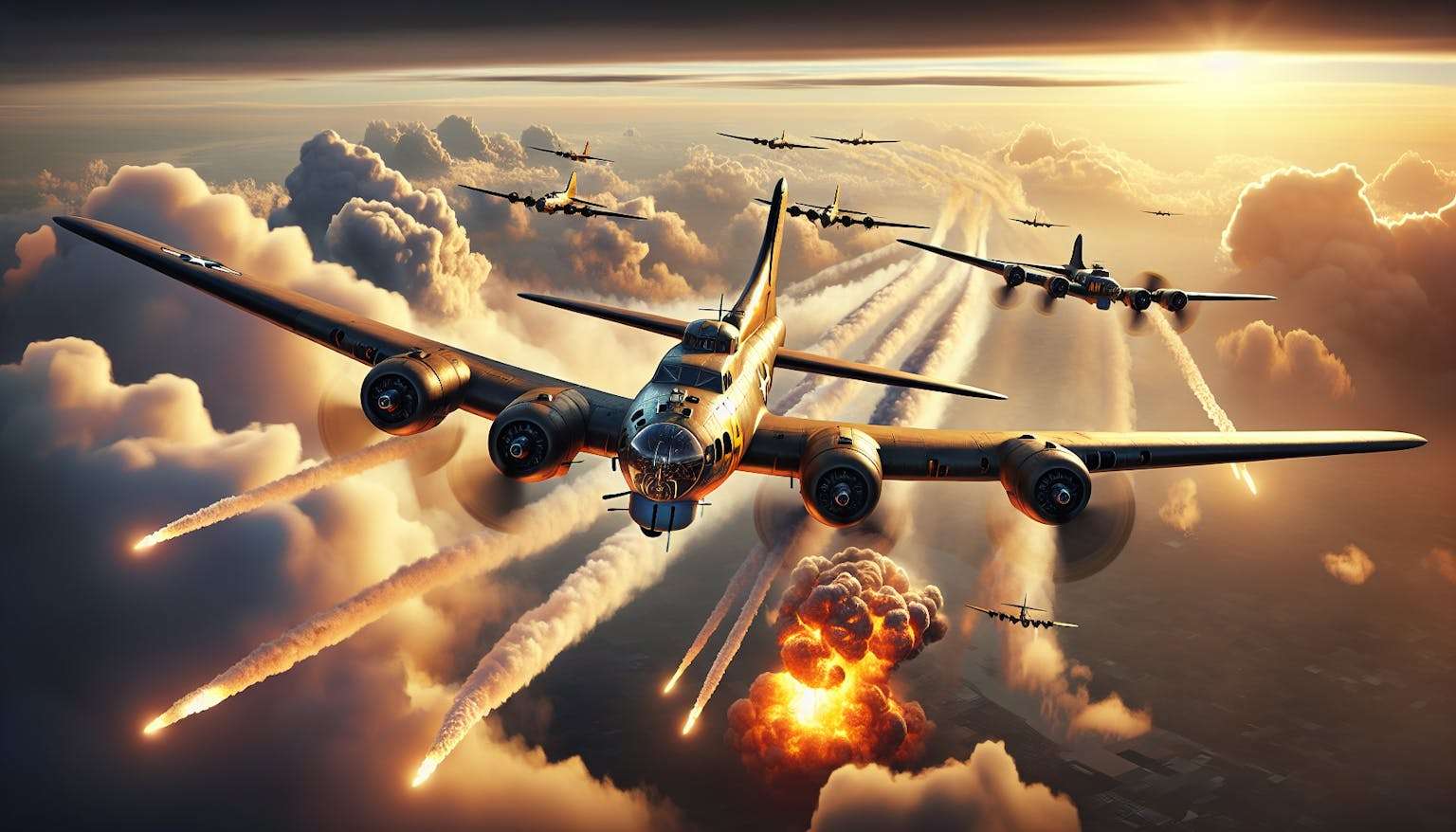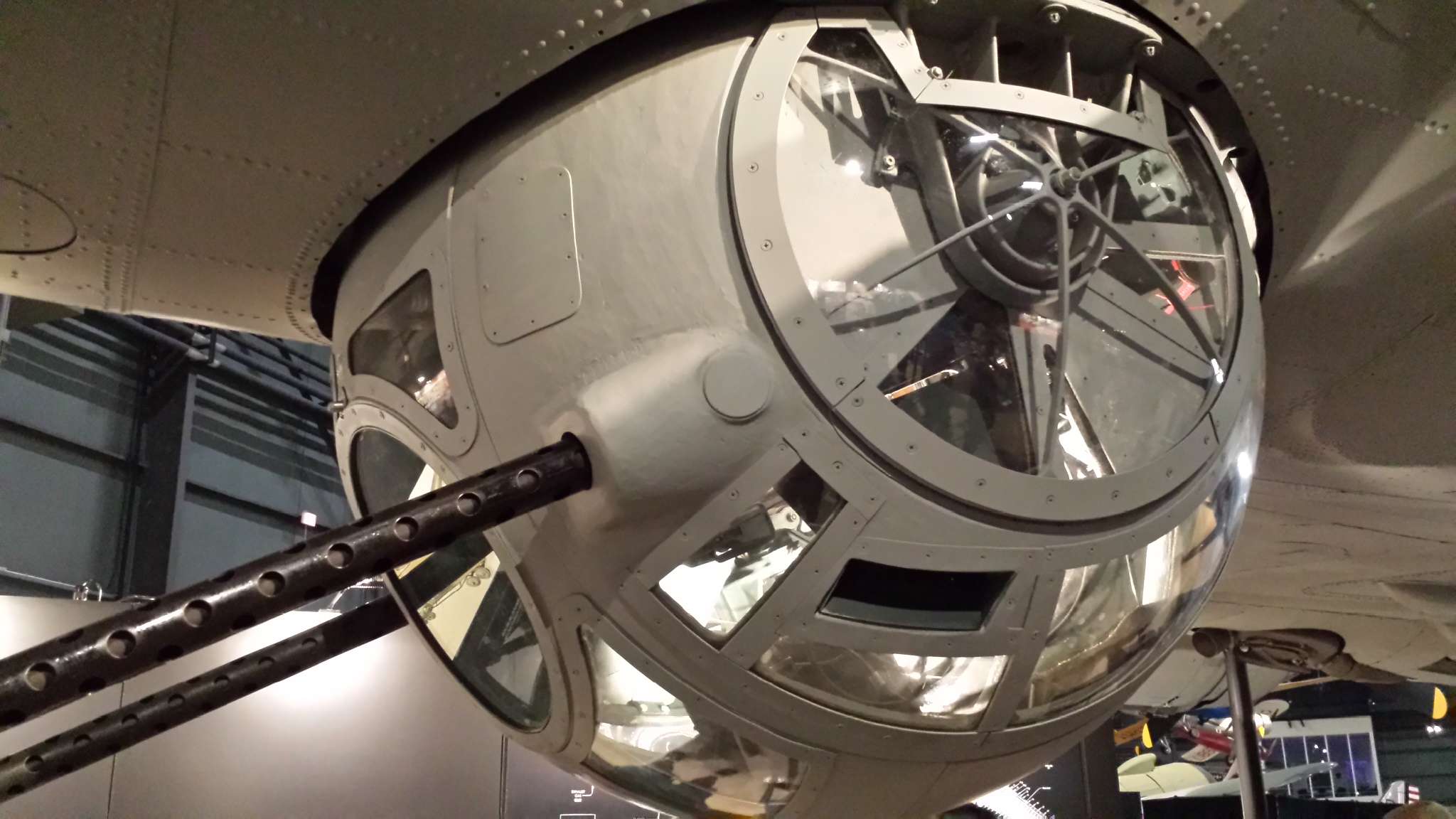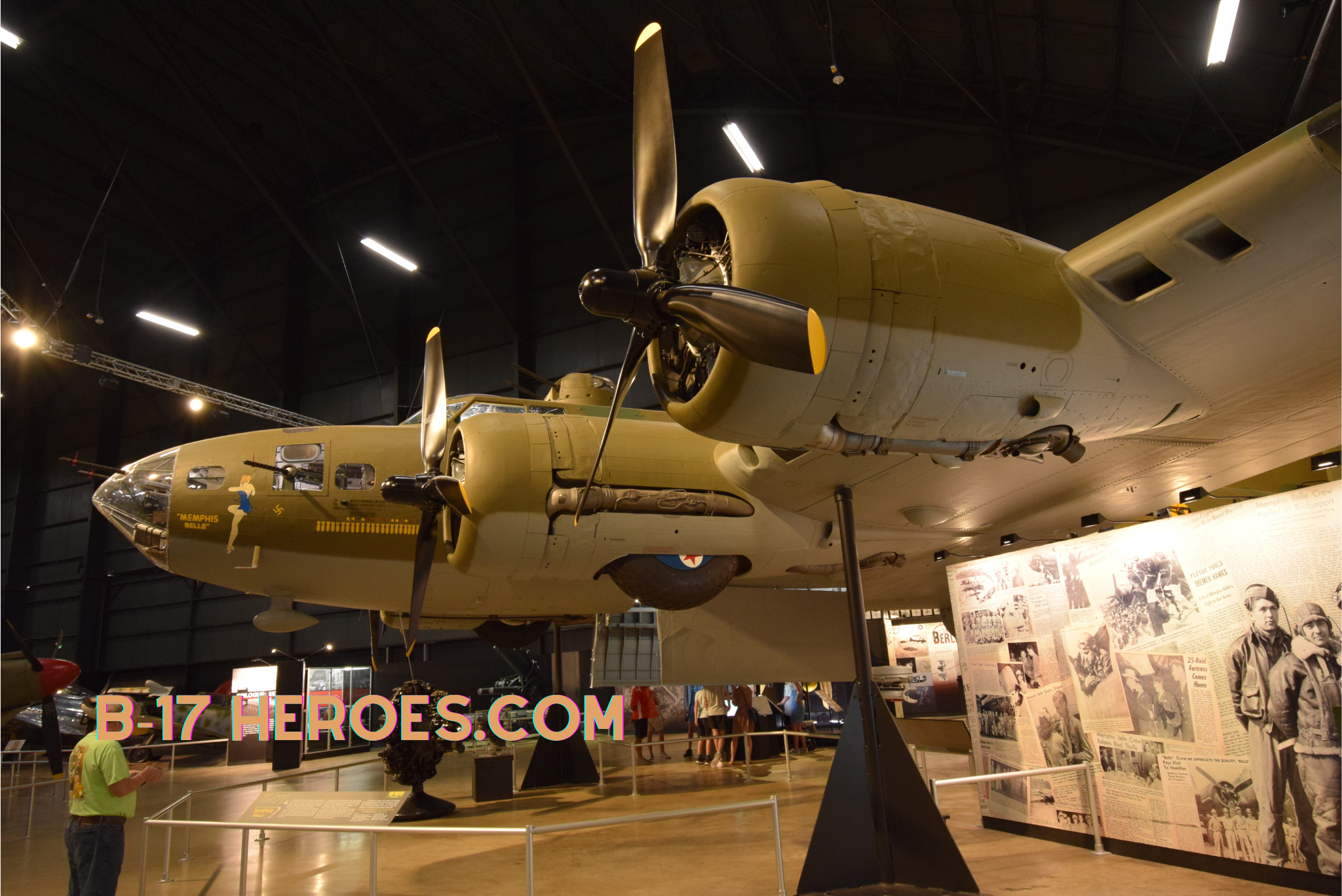The Boeing Y1-B17, also known as the Model 299, was a prototype heavy bomber developed by Boeing in the 1930s. The Y1-B17 was a remarkable aircraft for its time and played a significant role in the history of aviation.
The conception of the Y1-B17 began in 1934 when the United States Army Air Corps issued a requirement for a new long-range bomber. Boeing responded to this requirement by designing a prototype that was larger and more advanced than any other bomber at the time.
The Y1-B17 was a four-engine, all-metal monoplane with a wingspan of 103 feet and a length of 68 feet. It was powered by four Pratt & Whitney R-1690 radial engines, each producing 750 horsepower. The aircraft had a maximum speed of 256 miles per hour and a range of 2,000 miles.
One of the most notable features of the Y1-B17 was its defensive armament. The aircraft was equipped with five .30 caliber machine guns and four .50 caliber machine guns, making it one of the most heavily armed bombers of its time.
Another important aspect of the Y1-B17 was its advanced technology. The aircraft featured a number of innovative systems, including an electrical system that was powered by a generator driven by one of the engines, as well as a hydraulic system that powered the brakes, landing gear, and bomb doors.
The Y1-B17 made its first flight on July 28, 1935, and immediately impressed everyone who saw it. The aircraft was faster, more maneuverable, and more heavily armed than any other bomber in existence. It was clear that the Y1-B17 was a significant improvement over the previous generation of bombers.
However, despite its impressive performance, the Y1-B17 faced several challenges during its development. The most significant of these challenges was the crash of the prototype during a demonstration flight for the Army Air Corps in 1935. The crash was caused by a pilot error, and while the aircraft was destroyed, several of the crew members survived. Despite this setback, the Army Air Corps recognized the potential of the Y1-B17 and ordered 13 production models.
The production models of the Y1-B17, designated the B-17, began entering service in 1937. The aircraft was quickly put to the test during the early days of World War II, where it proved to be a critical asset in the war effort. The B-17 was used in a variety of roles, including strategic bombing, reconnaissance, and transport.
The success of the B-17 in World War II led to the development of several variants, including the B-17F and B-17G, which were produced in large numbers. By the end of the war, more than 12,000 B-17s had been produced, and the aircraft had become a symbol of American air power.
The Boeing Y1-B17 was a revolutionary aircraft that played a significant role in the history of aviation. It was the first in a long line of heavy bombers produced by Boeing, and its success paved the way for the development of other advanced aircraft. Today, the B-17 is remembered as a symbol of American airpower and a testament to the ingenuity of the designers and engineers who created it.





